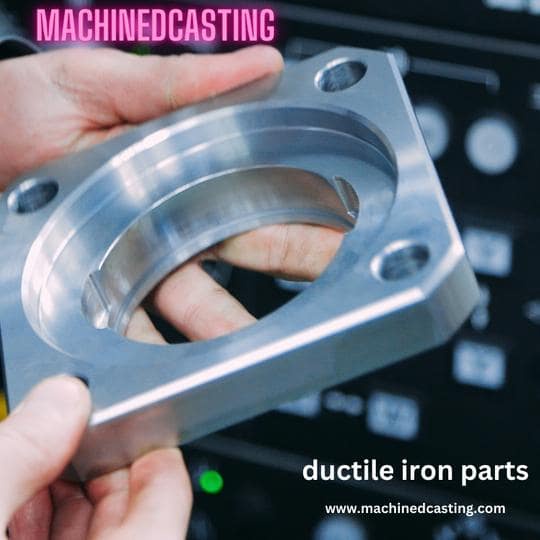Ductile iron, renowned for its strength, durability, and versatility, serves as a cornerstone material in various industries, from automotive to infrastructure. Crafting ductile iron parts requires meticulous attention to detail, precision, and adherence to specific processes. In this guide, we'll delve into the intricate world of ductile iron parts production, providing a step-by-step overview to ensure excellence in craftsmanship.
-
Understanding Ductile Iron:
- Ductile iron, also known as nodular cast iron, exhibits superior mechanical properties compared to traditional cast iron.
- Its microstructure consists of graphite nodules dispersed within a matrix of ferrite and pearlite, imparting ductility and toughness.
-
Material Selection:
- Choose the appropriate grade of ductile iron based on the application requirements, considering factors such as tensile strength, elongation, and impact resistance.
- Consult material datasheets and standards such as ASTM A536 to ensure compliance and optimal performance.
-
Pattern Making:
- Develop precise patterns that replicate the final part geometry, accounting for shrinkage and machining allowances.
- Utilize CAD software and CNC machining for intricate designs, ensuring dimensional accuracy.
-
Molding and Core Making:
- Select molding methods such as green sand, shell mold, or investment casting, depending on part complexity and production volume.
- Incorporate cores to create internal features, ensuring proper venting and gating for molten metal flow.
-
Melting and Pouring:
- Employ electric induction furnaces or cupola furnaces to melt the iron, maintaining precise temperature control.
- Ensure proper alloying and inoculation to promote graphite formation and suppress undesirable microstructural features.
-
Casting and Solidification:
- Monitor casting parameters such as pouring temperature, cooling rate, and solidification time to prevent defects like shrinkage porosity or hot tearing.
- Implement risers and feeders to provide a continuous supply of molten metal and compensate for shrinkage.
-
Heat Treatment:
- Subject the castings to heat treatment processes like annealing, normalizing, or quenching and tempering to enhance mechanical properties and relieve internal stresses.
-
Machining and Finishing:
- Utilize CNC machining, grinding, and polishing techniques to achieve precise dimensional tolerances and surface finish requirements.
- Employ shot blasting or coating processes for corrosion protection and aesthetic enhancement.
-
Quality Assurance:
- Implement rigorous inspection protocols throughout the manufacturing process, utilizing techniques such as dimensional measurement, X-ray inspection, and mechanical testing.
- Ensure compliance with industry standards such as ISO 9001 or ASTM E186 for quality management and product certification.
-
Continuous Improvement:
- Foster a culture of continuous improvement, soliciting feedback from operators and engineers to identify opportunities for enhancing process efficiency and product quality.
- Embrace emerging technologies such as additive manufacturing or digital twin simulations to further optimize ductile iron parts production.
By following these comprehensive guidelines, manufacturers can produce ductile iron parts of exceptional quality, meeting the stringent demands of modern applications while ensuring customer satisfaction and operational excellence.


No comments yet